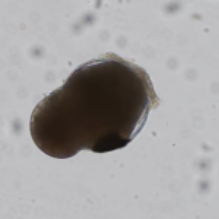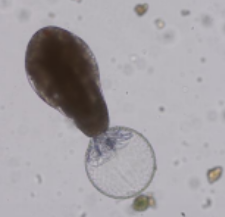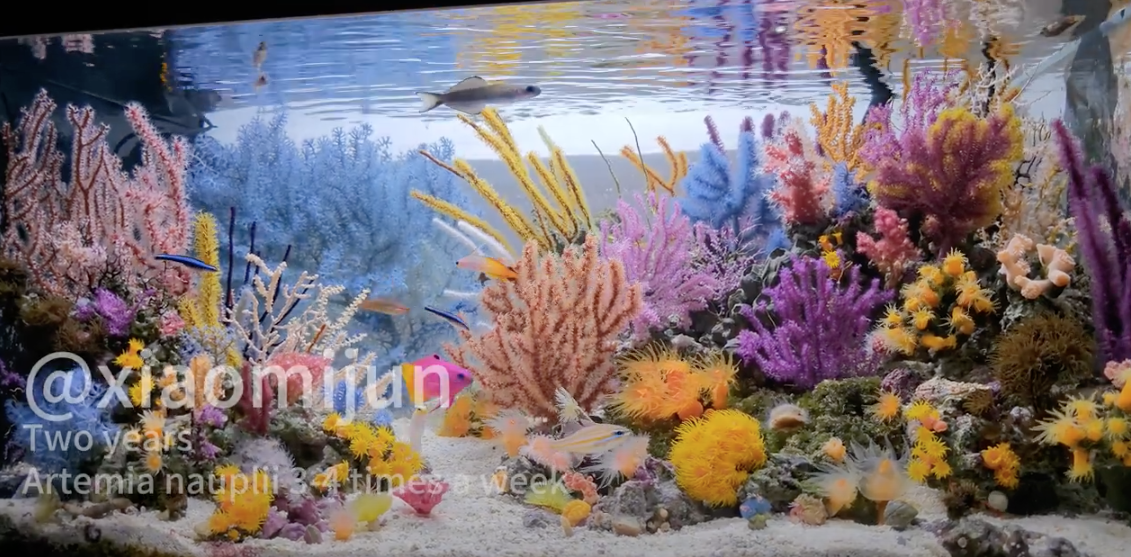Wouldn’t it be nice to have a magic potion? A concoction that is easy to produce and you could just dose into your reef tank to make all your NPS thrive? While we have not found the solution for all your NPS needs, the “Chinese Way” of feeding should be the baseline for your NPS reef tank.
The “Chinese Way” of NPS Reefing
About a year ago, the world of NPS reefing was shaken just a bit by a stunning tank featuring a variety of thriving gorgonians and other azooxanthellate life posted by Chinese reefer Jiageng Li on Reef2Reef. At roughly the same time, a YouTube video produced by Wang Huohuo (below) featured many NPS reef tanks of similar magnitude, showing growth and even sexual reproduction of different sea fans and soft corals. While amazing pictures and videos of NPS tanks are nothing new, it is special to have documentation of regeneration and true growth in some species. All featured reefers are feeding their tanks mainly with a high concentration of freshly hatched, live Artemia nauplii, sometimes supplemented with live rotifers or copepods. In the case of Jiageng Li, (@Dragon Lee) even just feeding twice to three times a week has proven to be sufficient to cultivate a variety of corals.

The Benefits of Live Artemia Nauplii
Feeding live Artemia nauplii has many benefits over feeding powdered or frozen foods. Compared to many commercial coral feeds, Artemia cysts are cheap and have a long shelf life. Using decapsulated, hatching brine shrimp cysts will result in a variety of coral-consumable particle sizes ranging from a mean size of 225µm for unhatched and decapsulated cysts to around 480µm for freshly hatched nauplii, depending on the species of Artemia used, making it a suitable feed for a wide range of polyp sizes. Nauplii can also be cultivated to further larval stages and enriched with phytoplankton for larger planktonic particles and different nutritional profiles.




Furthermore, the typical movement of nauplii triggers the coral feeding response and continuous twitching after being captured entices the cnidarian to transport the plankton into the mouth of the polyp. Freshly hatched Artemia can be stored in the refrigerator for several days, eliminating the need to hatch a new batch every day. In comparison, powdered foods often have low-quality ingredients such as yeast, fish meal, or even wheat, resulting in low acceptance and more water pollution. While NPS can successfully be cultivated using frozen foods, in the freezing and thawing process the cell walls of plankton are destroyed, reducing the nutritional content of the food while increasing waste.

Watch this fascinating video by Marine Biology Ph.D candidate Wang Huohuo. It contains beautiful Chinese NPS tanks too.
About the author
Florian Gaudig is a 27-year-old microbiology teacher from Bavaria, Germany. He has been reefing for 12 years and started with keeping freshwater aquariums before switching to the salty side. From the very beginning, he has been fascinated by azooxanthellate/non-photosynthetic corals. About three years ago he converted his tank to 100% NPS. Since then, he has kept many different species of NPS but tends to focus on keeping gorgonians. Last year, he set up a specific tank for Stylasteridae. On his Instagram: @darksidereefing he tries to educate people about NPS reefing.




